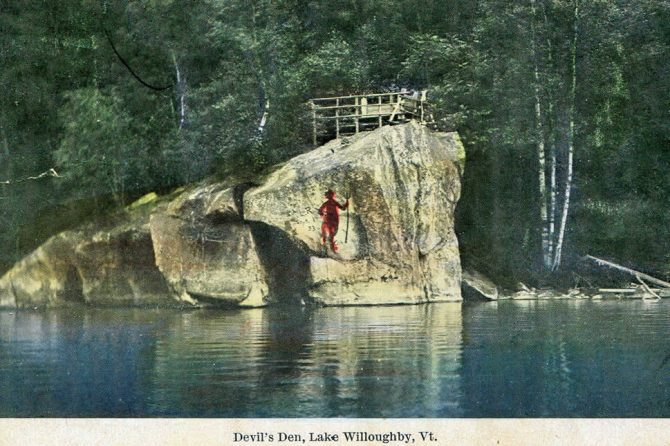 The mystery surrounding Gerald Bull's “Supergun” in the hills of Vermont
The mystery surrounding Gerald Bull's “Supergun” in the hills of Vermont
Space Research Corporation (SRC) was a somewhat curiosity for local Vermonters living in the Jay and Troy, VT area back in the 1970's. While most everyone in the area knew that there was some type of artillery testing, deep in the northern Vermont hills, the people that actually worked there, didn't reveal many secrets. All of this just served to add even more of a mysterious shroud over the project.
Dr, Gerald Bull headed up SRC on a 6,000-acre tract of land that straddles the international border at Jay, Vermont, and Highwater, Quebec. A wide array of munitions—long range artillery shells and big guns and cannons capable of delivering their deadly cargo with pinpoint accuracy—were developed and produced there and sold around the world. What many people don’t know, however, is that SRC also conducted research and developed technology for many peaceful purposes, including for space missions, and to help air traffic controllers better do their jobs at airports around the world.
Fast forward to 1979, Dr. Bull and some of his associates found themselves under the scrutiny of the U.S. Government, accused of illegally shipping arms to South Africa in violation of a U.S. and United Nations embargo on such activities. Dr. Bull’s life in the U.S. began to crumble. This led to a series of events and problems that Dr. Bull could not overcome. Eventually, Dr. Bull’s life came to a violent end on March 20, 1990, in Brussels, when an assassin, or assassins, shot him at close range.
In March 2015, Vermont's Northland Journal published an amazing article about Dr. Gerald Bull's Project Babylon and Space Research Corporation.
The article above is courtesy of Scott Wheeler's Northland Journal. The first in a series, this fascinating article contains never before revealed facts, photos and information provided by one of Dr. Bull's high level associates. Subscribe to the print publication or online edition to read the full story.

Gerald Bull's Project Babylon Supergun was an ambitious and controversial project in the 1980s and early 1990s to build an enormous cannon that could launch satellites into space. Some key details about Project Babylon:
- Gerald Bull was a Canadian engineer who specialized in large artillery. He proposed building an ultra-large gun that could achieve immense ranges by shooting projectiles in a ballistic trajectory directly into space.
- The project involved a massive gun over 150 meters long that would have been able to launch over 1,000 kg projectiles at speeds exceeding Earth's escape velocity of 11 kilometers per second. This would allow launching satellites far more cheaply than conventional rockets.
- The gun was being secretly built for the Iraqi government under Saddam Hussein in the late 1980s, near Baghdad. The Iraqi regime invested heavily in the project, hoping it would allow them to attack Iran and Israel.
- The supergun may have violated arms control treaties and there were concerns that it could be used to launch biological/chemical weapons. This led to strong opposition from the U.S., Israel and others concerned about destabilization.
- Before completion, the project was halted when Bull was assassinated in 1990, allegedly by Mossad (Israel's national intelligence agency). The parts were seized/destroyed during the Gulf War in the early 90s and the supergun never became operational.
The Project Babylon Supergun remains an infamous example of pushing the boundaries of physics and engineering for weapons with questionable intentions. While some of Bull's space launch concepts were visionary, the application by the Hussein regime highlights why the project was extremely problematic
Thank you for visiting Vermonter.com! Please subscribe to our email list for the latest articles!





